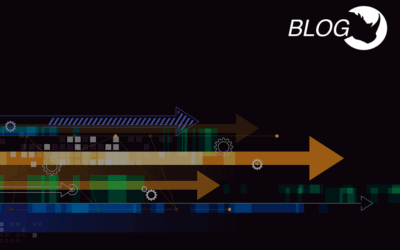Simplify Automation and Orchestration with a Data-driven Approach to SOAR and XDR
On the heels of announcing the closing of $22.5 million in new financing as a result of strong performance in 2020, I’m proud of our team’s latest innovation that we’re announcing today, ThreatQ TDR Orchestrator is a new data-driven approach to SOAR and XDR that accelerates threat detection and response across disparate systems for more efficient and effective security operations.






